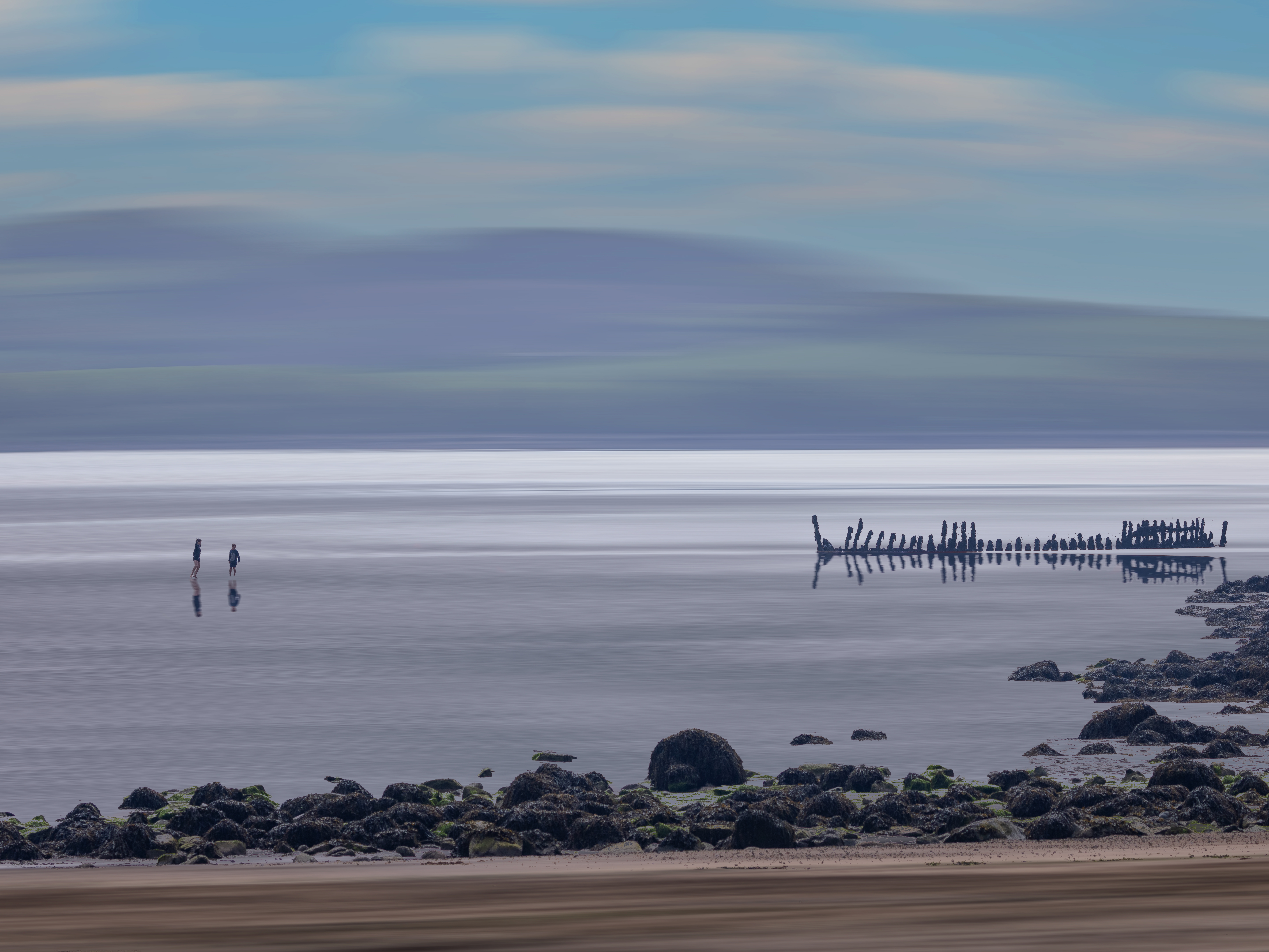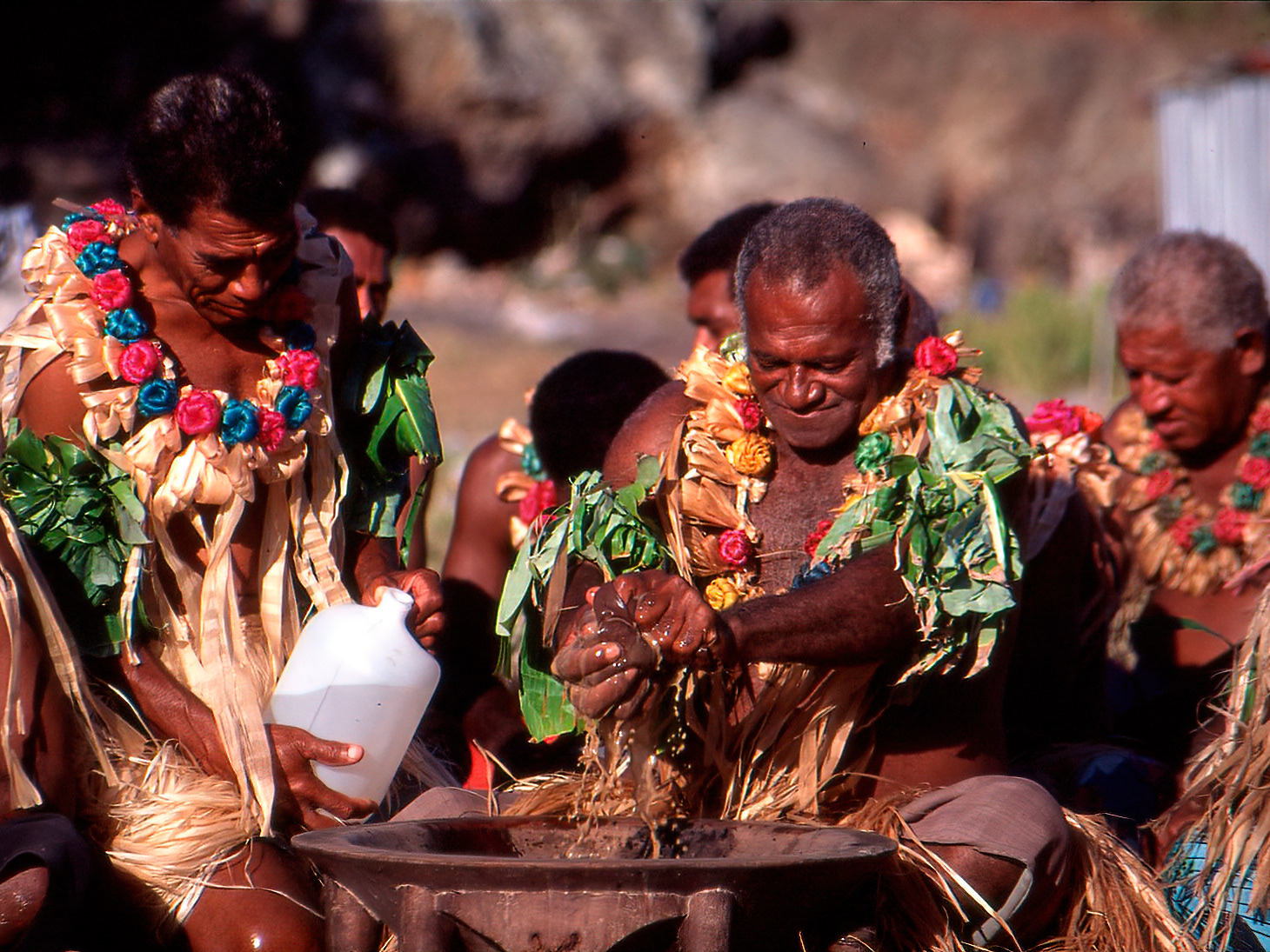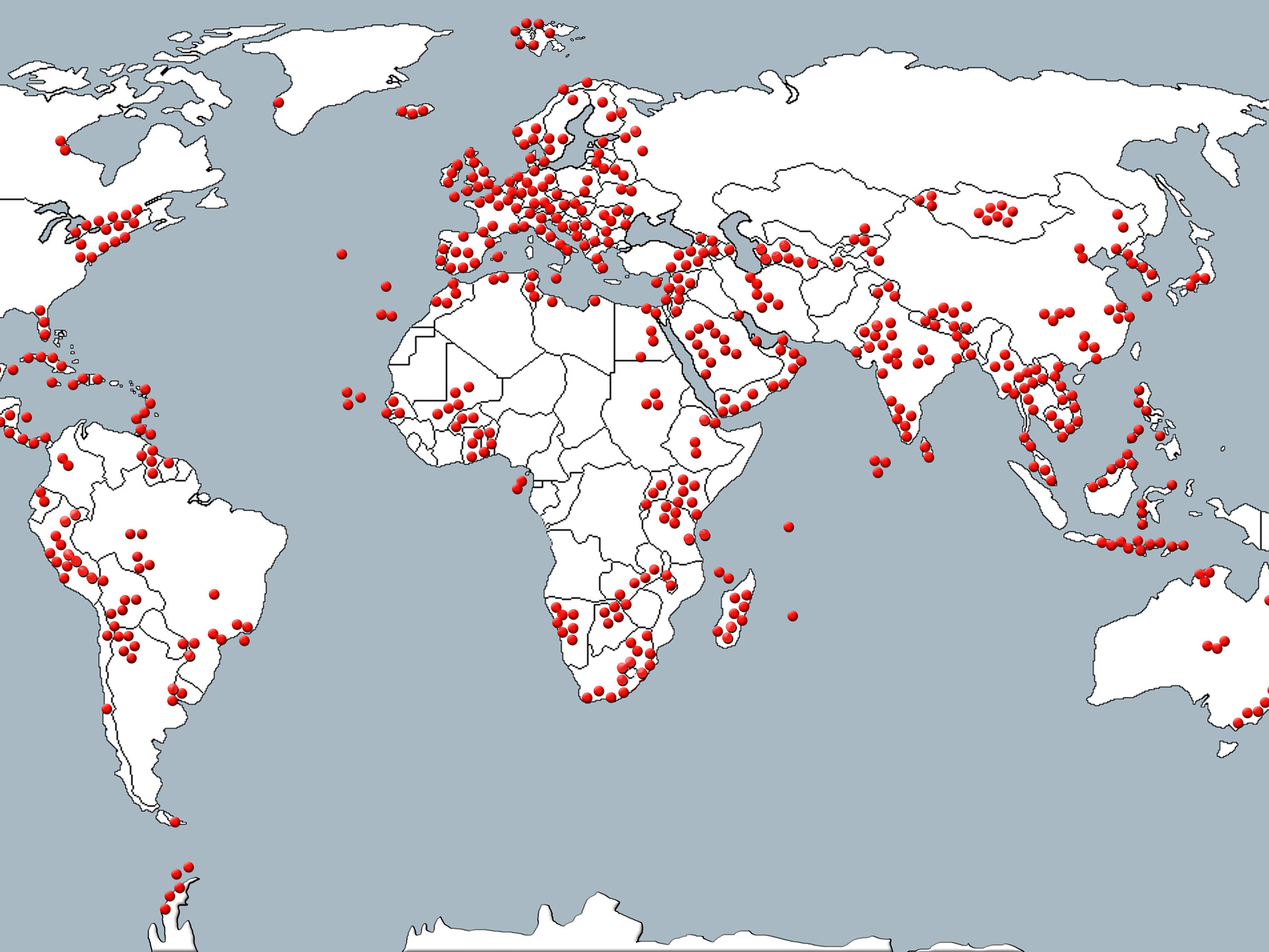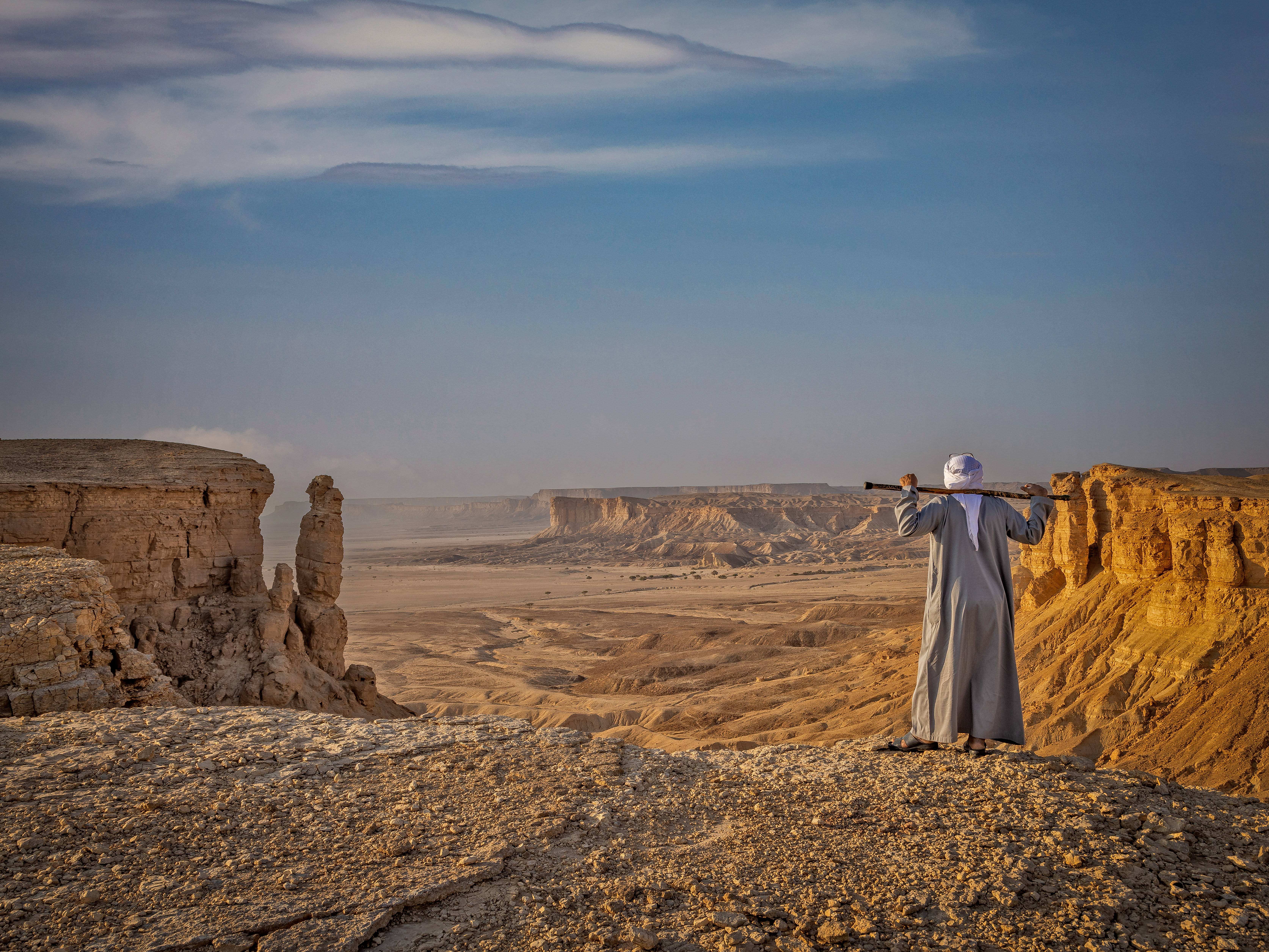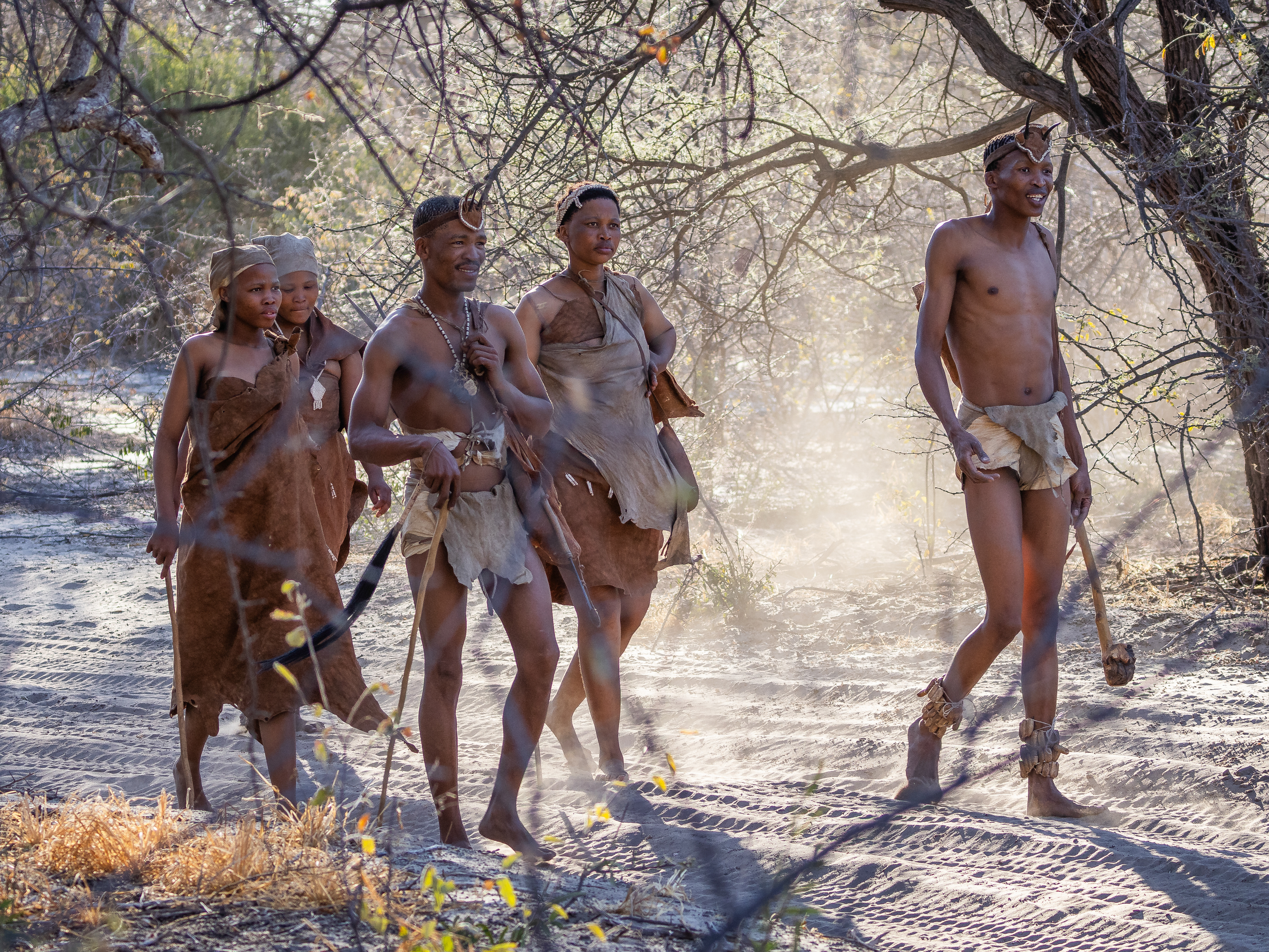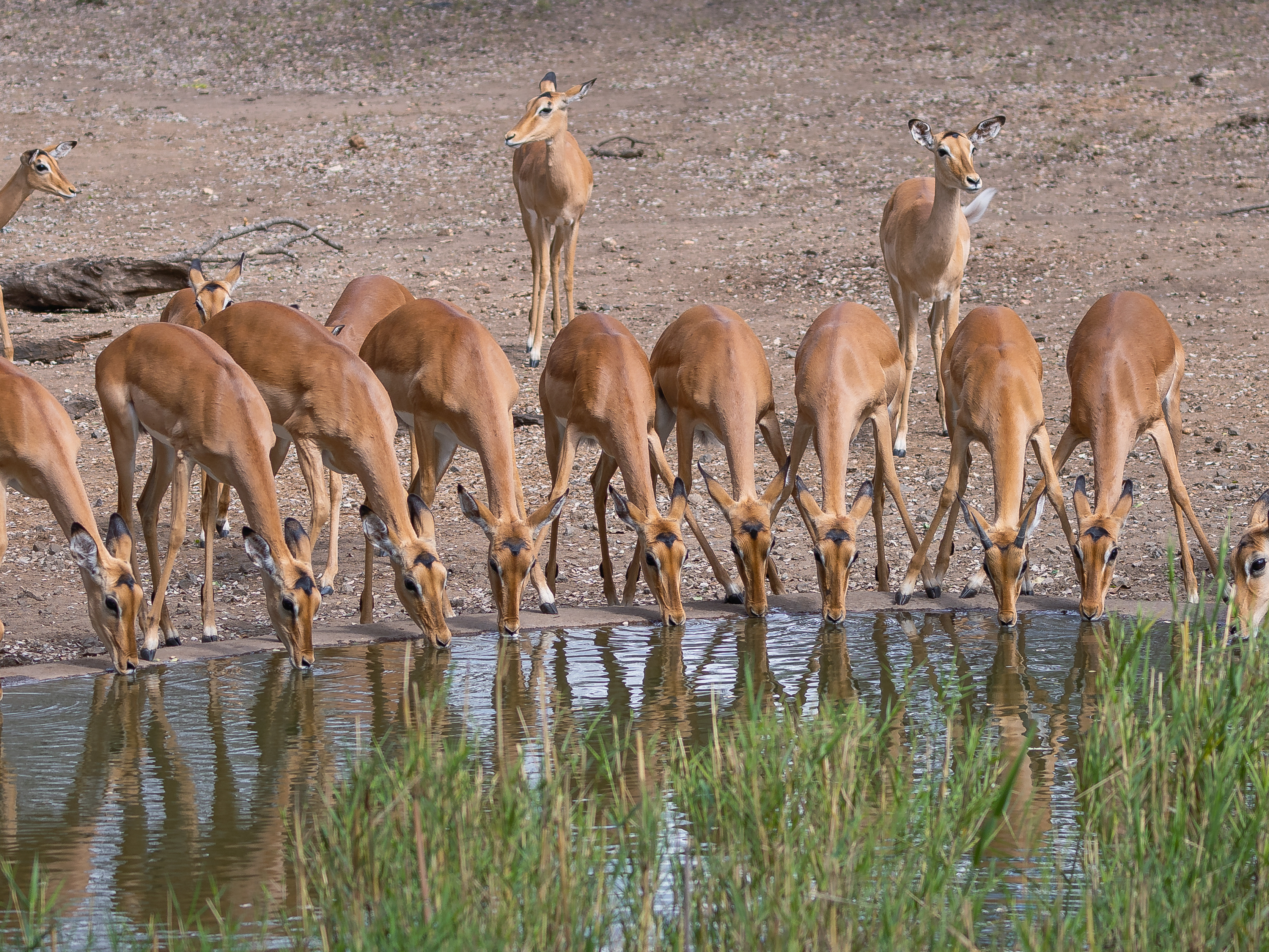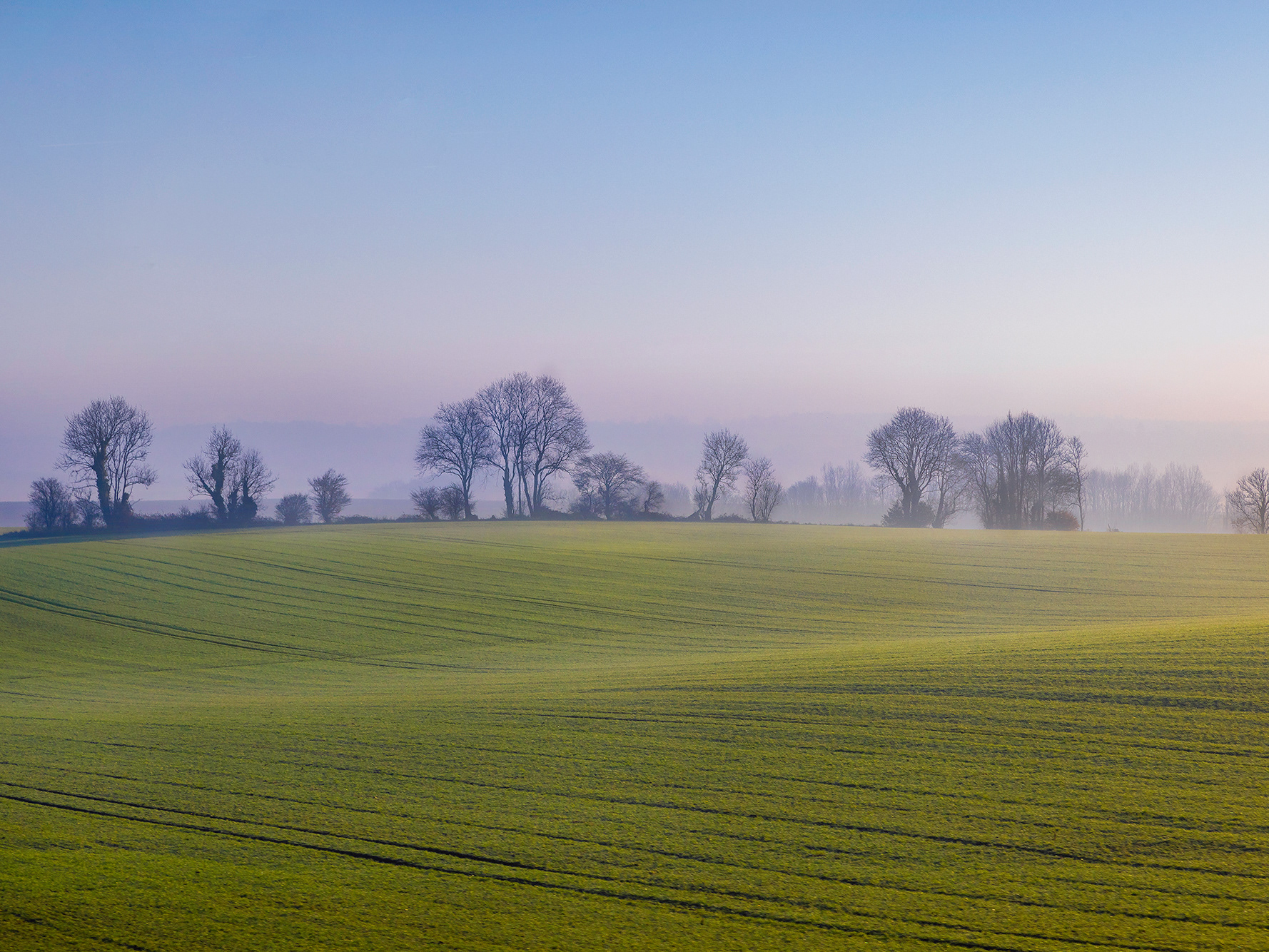London from the Shard
Blood Swept Lands and Seas of Red, a public art installation created in the moat of the Tower of London, commemorating the centenary of the outbreak of WWII. It consisted of 888,246 ceramic red poppies, each intended to represent one British or Colonial serviceman killed in the War.
The Kelpies, Falkirk
The sculptures form a gateway at the eastern entrance to the Forth and Clyde canal. Built of structural steel with a stainless steel cladding, The Kelpies are 30 metres high and weigh 300 tonnes each. Construction began in June 2013 and was complete by October 2013.
Llangollen Canal
This life-size statue is placed in the crypt of the Winchester Cathedral, one of the largest cathedrals in England. During rainy months the crypt floods and the floodwater combined with dull light creates a wonderful effect.
It is probably the most mysterious sculpture by Antony Gormley. As he often does, Gormley used his own body to cast the distinctive, moody sculpture. The lonely figure contemplates the water held in his palms and this gesture of the figure and its placement in the cathedral makes it transcendental, and spiritual, even though it is not directly related to religion.
Culross, Scotland
Storm Ophelia at Portleven, Cornwall in October 2017
Long Meg and her Daughters
Long Meg, a witch who lived some 3500 years ago, was known for dancing wildly on the moors with her daughters every day of the week. Subsequently she, and her daughters, were turned to stone for not respecting the Sabbath!
Long Meg and Her Daughters stone circle has a diameter of about 350 feet, the second biggest in the country. Long Meg is the tallest of the 69 stones, about 12 feet high, with three mysterious symbols, its four corners facing the points of the compass and standing some 60 feet outside the circle.
The stones are thought to date from about 1500 BC, and it was likely to have been used as a meeting place or for some form of religious ritual. Long Meg is made of local red sandstone, whereas the daughters are boulders of rhyolite, a form of granite.
The circle is supposedly endowed with magic, so that it is impossible to count the same number of stones twice, but if you do then the magic is broken.
Designed by Isambard Kingdom Brunel, who is quite a local hero here in Bristol, the SS Great Britain was launched in 1843 and became not only the largest vessel afloat by far, and the world first iron steamer to cross the Atlantic, but also the fastest at a 'mere' 14 days!
This uniquely successful ship design brought together new technologies in a way which transformed world travel - the ground-breaking combination of a screw propeller, an iron hull, and a massive 1000-horsepower steam engine.
The SS Great Britain is now living in dry dock in Bristol and is the #1 tourist attraction in the city with around 200,000 visitors annually, and quite rightly so.
Sunset from Calton Hill, Edinburgh, Scotland
A controlled implosion of a bonded warehouse in Bristol in the 1980s. Having got up early on a Sunday morning to watch, we carried a step ladder to gain height and positioned ourselves on a bridge overlooking the harbour and the warehouse beyond.
So did a lot of other people too, of course, and there was quite a party atmosphere. A raffle for the right to press the button which started the implosion had been won by a local disabled child, and the countdown began.
As soon as the explosives were set off, there was a lot of dust and noise; but what we hadn't taken into consideration was the wind direction. A couple of minutes later we were in the midst of it, covered in pea-soup thick dust clouds, unable to see or even breathe properly. Making a hasty exit with a step ladder and a host of camera equipment through a large crowd is not easy! It was worth it though!
May 29th 1988.
The beautiful Elan Valley in Wales is famous for a series of dams, one of which is the Caban Coch. When the dam is full, the water rushes over the crest of the dam and falls 120 feet to the river below, presenting the appearance of a magnificent waterfall.
Queensferry Crossing, Scotland
A Field of Lights
Wanting to “take something that is invisible and make it visible”, artist Richard Box 'planted' 1301 fluorescent bulbs in a farmer's field between Bristol and Bath in 2004. These bulbs are not connected to the electricity grid, nor are they battery operated or solar powered. They simply pick up 'waste emissions' from the overhead power lines.
We make our way across ploughed fields to reach the surreal and rather unusual art installation, arriving at dusk as the sun is just starting to set.
The tubes themselves are an impressive sight, with straight rows set over a 3,600 m² area, but as we get nearer, the scene is like something out of Close Encounters. It's the chilling and almost supernatural crackling we notice first. Then as the natural light fades, the lightbulbs come into their own, glowing and flickering. There's a certain smell too, and my hair stands slightly on end.
Walking amongst the plantation seems almost sinister, as we affect the lights by our proximity to them because we are much better conductors than a glass tube. The atmosphere is fantastic and eerie in equal measures. Feeling slightly unnerved by the whole experience, my head is spinning as we stumble back to the car in darkness.
Here's the technical bit. Don't ask me to explain it, I have just copied and pasted this part.
Wireless transmission (intentional) and fluorescent bulbs were both invented by Nikola Tesla. A fluorescent tube glows when an electrical voltage is set up across it. The electric field set up inside the tube excites atoms of mercury gas, making them emit ultraviolet light. This invisible light strikes the phosphor coating on the glass tube, making it glow. Because power lines are typically 400,000 volts, and Earth is at an electrical potential voltage of zero volts, pylons create electric fields between the cables they carry and the ground.
Long shadows at sunset in The Shard, London
Carter's Steam Fair at Weston Super Mare
Little Gruinard Beach, Scotland
Ashton Avenue Bridge, Bristol
Isle of May, Scotland. See more photos here.
Gypsy Caravan at Eckington
Hot Rod at Mendip Raceways
Fireworks at Clifton Suspension Bridge, Bristol for its 150th birthday in 2014
Fridgehenge
The brainchild of the Organic Milk Co-operative, this henge is made entirely from used fridges emblazoned with cow design. The idea was to pay homage to nearby Stonehenge, with a link to milk to encourage more people to drink Organic milk.
This unusual monument was unveiled on the Autumn Equinox a few years ago, but was unfortunately only there for a week.
Sunrise over Burrator on Dartmoor, Christmas Day 2019
Larpool Viaduct, Scotland
Stourhead
We'd picked a quiet parking area in Burrator Arboretum on Dartmoor for our overnight stay in Thor the Geriatruck (our RV). And it was blissfully quiet, with no humans around and the only sound was a distant owl.
Just as darkness was enveloping this gorgeous spot, a car arrived, with two passengers. We thought it very odd that they walked into the woods at this time of night, but soon forgot about them as we poured ourselves a drink.
Not long afterwards another car arrived, and then two more. Animated talk could be heard, and we discussed (made up) possible stories about the now somewhat suspicious commotion. Dogging? Drug deals? Criminal activities? By this time we were becoming a little uncomfortable with the whole scenario, and flashing blue lights announcing the arrival of a police car did not go any way towards allaying our concerns.
Curiosity got the better of David, and he went outside to talk to the policemen. With a small laugh and a comment of “You thought you were having a quiet night camping, didn't you?”, the cop explained the situation: a mountain biker had come off his bicycle somewhere in the woods, and there was a whole host of people out there looking for him.
By ten o'clock the area was heaving: police, ambulance, rangers, mountain rescue and seven private cars ferrying friends and family to the scene. We were all relieved when we heard word that he was found, and even more so when he was brought out without major trauma, just very cold and shook up. It was now five hours since we first saw his initial rescuers enter the forest – no wonder he was cold, as the temperature by this stage was barely above freezing.
Within half an hour the victim was taken to hospital, the rescuers refused our offer of a hot drink and his friends strapped his bike to the car roof and headed to the pub. We were once again alone, with just the owl for company.
